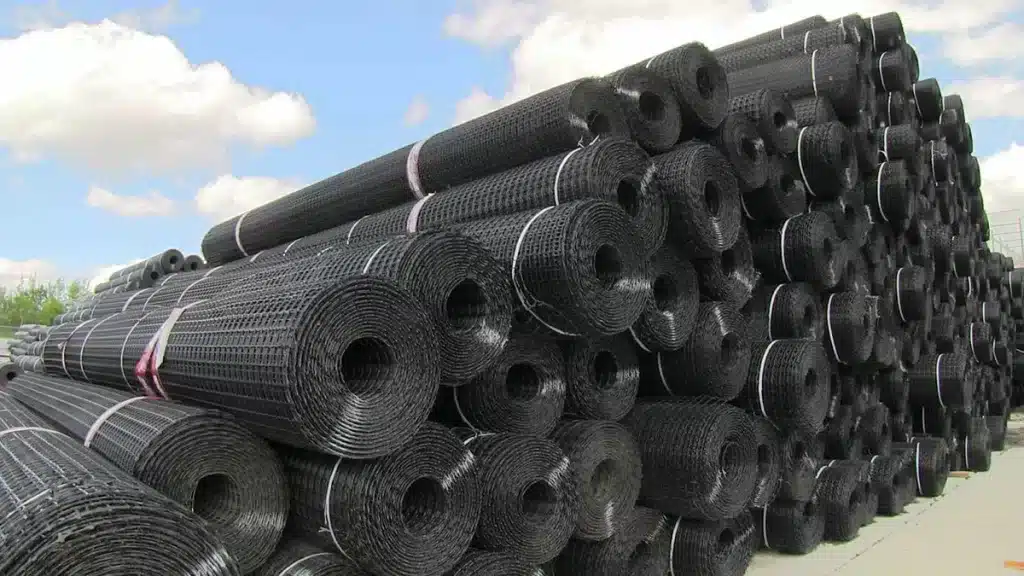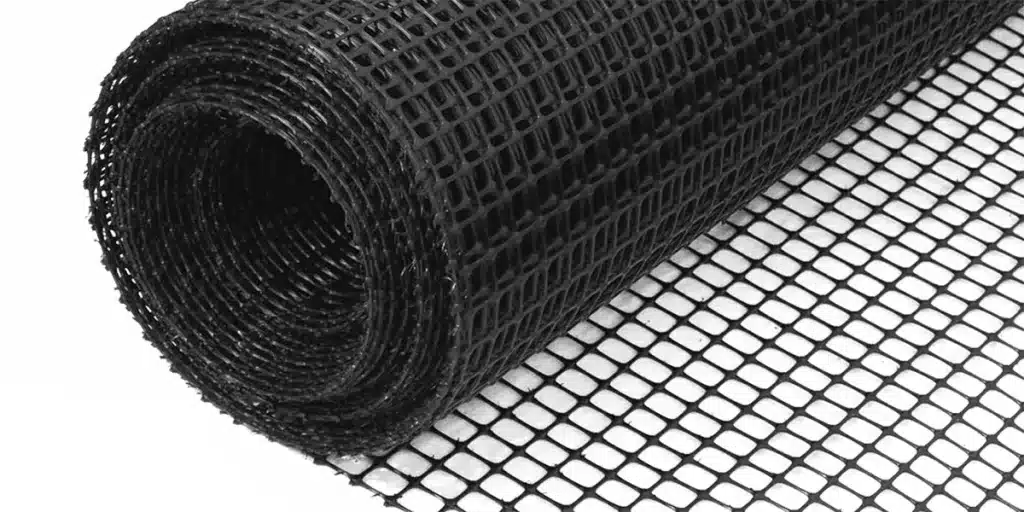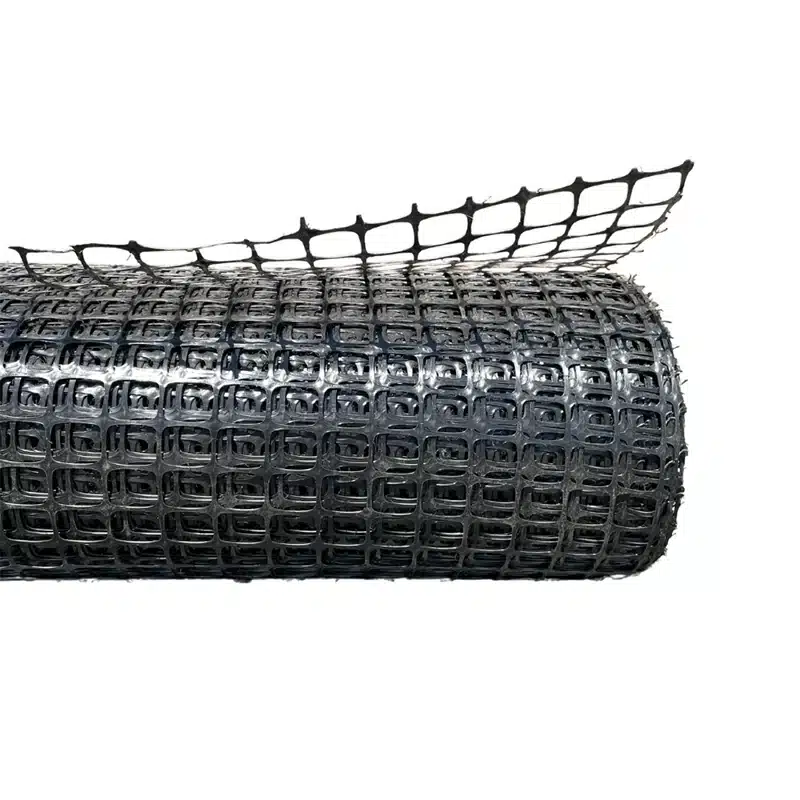+86-159 9860 6917
info@geofantex.com
geofantex@gmail.com
+86-400-8266163-44899
Ground geogrid is a crucial component in various construction and civil engineering projects. This article explores its purpose, applications in pavement, its role in construction, and how it works.

What is the Purpose of Geogrid?
Ground geogrid serves several crucial functions in construction and civil engineering:
- Soil Stabilization: Geogrid stabilizes the soil, preventing erosion and soil displacement, creating a reinforced coherent mass behind the retaining wall.
- Load Distribution: Geogrids distribute the load over a larger area, reducing pressure on the soil underneath, crucial for supporting heavy structures and avoiding settlement.
- Retaining Wall Support: Geogrids frequently reinforce retaining walls, enhancing wall stability by adding tensile strength and preventing wall failure, while also helping to create a reinforced coherent mass behind the wall.
What is the Use of Geogrid in Pavement?
Ground geogrid plays a vital role in pavement construction, helping to build a construction platform over weak subgrades. This platform supports equipment and facilitates the construction of the pavement system without causing excessive deformations of the subgrade. Here’s how Geogrid accomplishes this:
- Crack Prevention: Geogrids prevent cracks from forming in asphalt and concrete pavements. They achieve this by distributing loads evenly, reducing the likelihood of cracks due to stress concentration.
- Improved Durability: Geogrids enhance the structural integrity of the pavement, significantly extending the lifespan of roads. This not only ensures longer-lasting surfaces but also reduces maintenance costs.
- Load Capacity: Geogrid-reinforced pavements excel in their ability to handle heavier loads. This makes them ideal for high-traffic areas like highways and industrial facilities, maintaining their integrity while accommodating substantial traffic demands.

What is Geogrid in Construction?
In construction, geogrid is a versatile material used as a reinforcing material, specifically a type of geosynthetic material. It finds various applications, including:
- Erosion Control: Geogrids are employed to control erosion on construction sites. They stabilize the soil and prevent sediment runoff into nearby water bodies.
- Slope Reinforcement: Particularly in hilly or mountainous terrain, geogrids play a crucial role in reinforcing slopes. This reduces the risk of landslides and provides essential support for construction activities.
- Foundation Support: Geogrids enhance the stability of foundations by distributing loads more evenly, effectively addressing settlement issues in construction projects.
How Does a Geogrid Work?
The operation of geogrids is straightforward yet highly efficient, characterized by the following key features:
- Tensile Strength: Geogrids are typically crafted from robust materials such as polyester or polypropylene. They serve a primary role in supplying tensile strength to the soil or pavement.
- Interlocking Mechanism: Geogrids come equipped with openings, referred to as apertures. These apertures allow the aggregate to strike through and provide confinement and interlock with the surrounding materials when installed in soil or pavement layers. This interlocking mechanism prevents differential movement and elevates the load-bearing capacity.
- Load Distribution: Geogrids excel at uniformly distributing the applied loads across the surface. This even distribution minimizes stress on the underlying soil or pavement, effectively averting issues like cracks, settlements, and other structural concerns.
In conclusion, ground geogrid is a crucial component in construction and civil engineering, serving purposes like soil stabilization, load distribution, and erosion control. Its applications in pavement and construction make it an indispensable tool for ensuring the longevity and stability of various structures. Understanding how geogrid works is essential for professionals in these fields to make informed decisions and optimize their projects.



Get Free Sample
We’ll respond as soon as possible(within 12 hours)






















